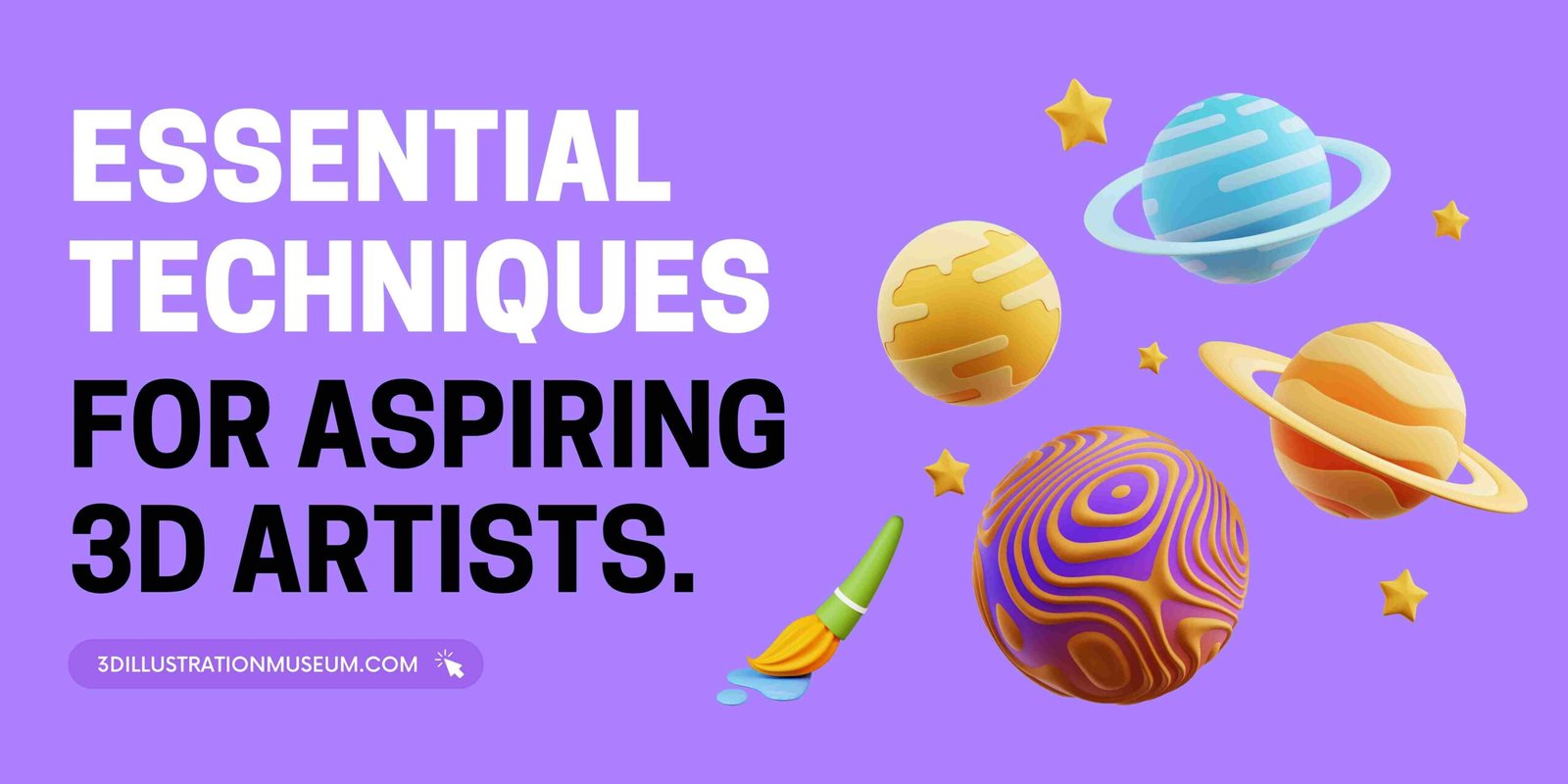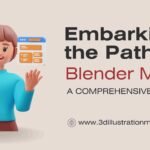Blender, a powerful open-source 3D creation software, offers endless possibilities for aspiring artists. However, delving into Blender can be overwhelming for newcomers. In this comprehensive guide, we’ll explore fundamental techniques and tools to empower beginners on their journey to mastering Blender.
Introduction: Navigating Blender’s Complexity
Blender’s interface can be intimidating at first glance, but with the right guidance, mastering its tools is within reach. Let’s embark on a journey to unlock the potential of Blender and unleash your creativity.
1. Applying Transforms: Setting the Foundation
At the core of Blender’s modeling process lies the concept of applying transforms. When starting a new composition, applying transforms (Shift + A) ensures consistency and avoids unexpected distortions. By mastering this fundamental step, beginners lay a solid foundation for accurate modeling.
2. Loop Cut: Precision Subdivision
The loop cut tool (Command + R) is indispensable for subdividing objects swiftly and precisely. Whether it’s shaping cubes, cylinders, or planes, loop cuts allow for intricate detailing, adding depth and complexity to your models effortlessly.
3. Leveraging Pre-Built Assets: Efficiency in Design
Creating a library of reusable shapes is akin to a carpenter’s lumber. By building simple versions of frequently used shapes, such as windows or lamps, beginners streamline the modeling process and maintain consistency across projects.
4. Array Modifier: Repetition Made Easy
The array modifier duplicates shapes with customizable spacing, ideal for creating repetitive structures like stairs, pillars, and roofs. Combining the array modifier with mirror simplifies symmetrical modeling tasks, enhancing efficiency and accuracy.
5. Rotating on a Single Axis: Precision in Motion
Maintaining control over object rotation is crucial for precise modeling. By tapping on specific axes (X, Y, or Z) before rotating, beginners ensure that rotations occur only in the intended direction, avoiding unintended distortions.
6. Inset Tool: Adding Detail with Precision
The inset tool (I) enables the quick creation of inset faces, perfect for adding intricate details like windows and panels. Mastering this tool expands modeling possibilities and enhances design flexibility.
7. Extrude: From 2D to 3D
Combining inset with extrude (E) allows for the creation of complex shapes and structures. Whether adding depth to surfaces or extruding components for intricate designs, this duo is indispensable for advanced modeling techniques.
8. Simplifying Material Application: Starting with Basics
Material application can be daunting for beginners, but starting with basic color materials via the materials panel provides a simple workaround. Experimenting with material parameters allows for customization without delving into complex texture mapping.
9. Camera Management: Framing Your Vision
Streamlining camera adjustments by enabling “camera to view” simplifies framing and composition. This feature allows for intuitive camera movement, enhancing efficiency in scene setup and visualization.
10. Optimizing Render Settings: Balancing Quality and Speed
Reducing rendering passes significantly speeds up the rendering process without compromising quality. Adjusting rendering passes to a lower value ensures faster renders for social media or quick previews, optimizing workflow efficiency.
Conclusion: Empowering Beginners in the World of Blender
Mastering Blender is a journey that requires patience, practice, and guidance. By incorporating these fundamental techniques into their workflow, beginners can navigate Blender’s complexities with confidence and unlock their full potential as 3D artists.
In conclusion, mastering Blender’s essential techniques lays the groundwork for creative exploration and expression. With dedication and perseverance, aspiring artists can harness Blender’s vast capabilities to bring their imagination to life in the dynamic world of 3D modeling and animation.


